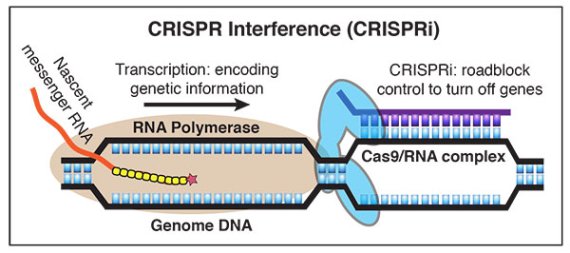Bacteria take over pieces of DNA from their attackers and integrate them into their own genome. If that virus or a related strain of virus then penetrates the bacterium, the latter uses the DNA fragments (CRISPRs) as virus scanners. Microbiologist John van der Oost’s research group was one of the first labs where these virus scanners were identified. By studying these CRISRs, you are in fact looking at an arms race between bacteria and their viruses, explains the professor in an exploratory article in the journal Microbial Biotechnology. ‘You are literally looking at the step-by-step evolution of the attacker and the defender.’
But besides this fundamental research, it has recently emerged that the CRISPR system can also be used as a highly refined tool for gene therapy, to correct mistakes in the human genome, for instance.
Nobel prize
The CRISPRs are built up out of repeated fragments of DNA, with a fragment of virus DNA in between them. Once the CRISPR has been transcribed to RNA, that in-between fragment recognizes very specific fragments of the virus DNA, and goes on to deactivate the virus. One of the CRISPR systems, called Cas9, has successfully been brought to expression in the cells of higher organisms. Within a few years, this technique can hopefully be used to recognize and repair genetic deviations which are responsible for hereditary diseases, Van der Oost expects.
He is currently working with colleagues in Rotterdam on particular bone defects caused by a mutation of a gene involved in bone formation. ‘We want to adapt that genetic factor using one of these CRISPRs,’ says the microbiologist. ‘We shall test it first in animal cells, then in mice and eventually, if the results are promising and safe, in people.’ The discovery of this defence system is going to provide a new repair kit for gene therapy, says Van der Oost. ‘This is so promising that it wouldn’t surprise me if the application of Cas9 led to a Nobel Prize.’

